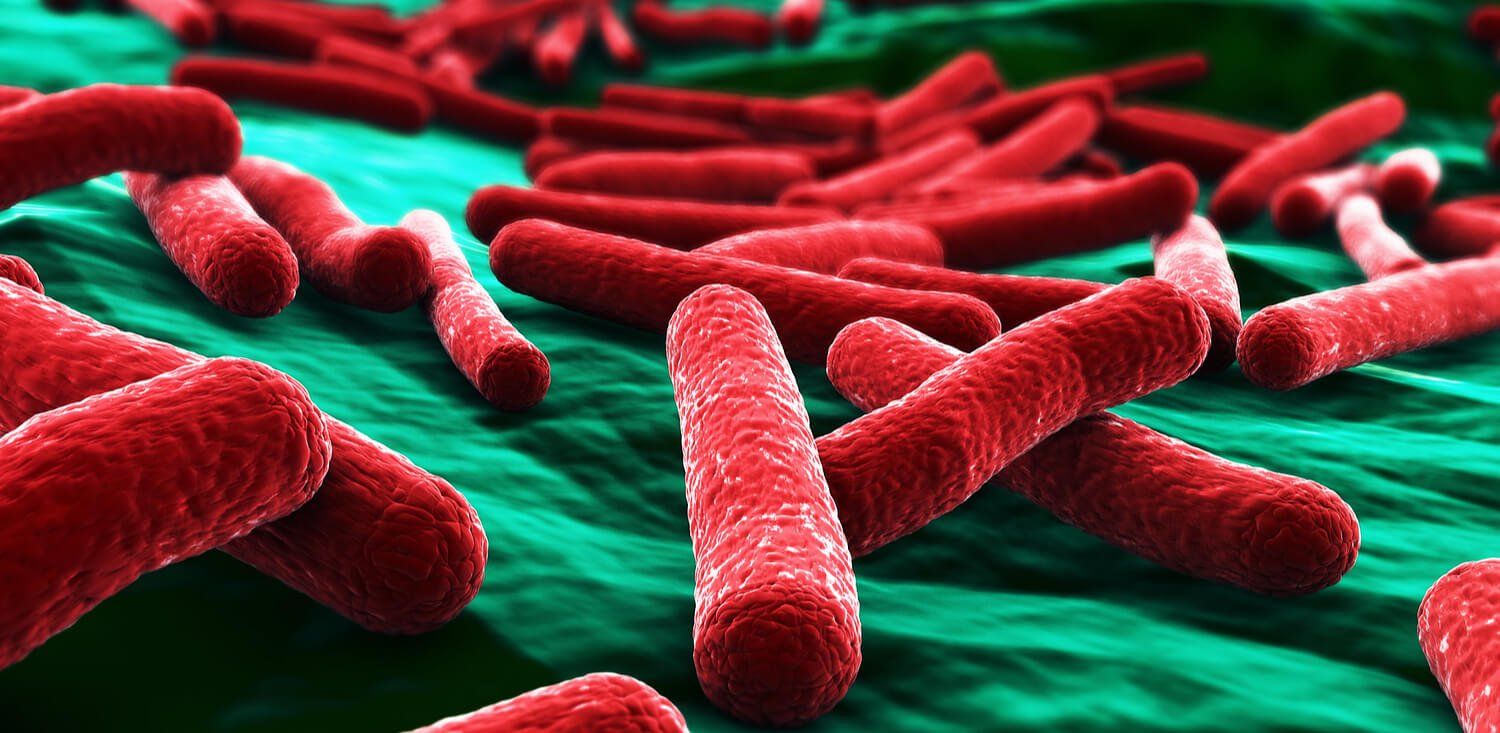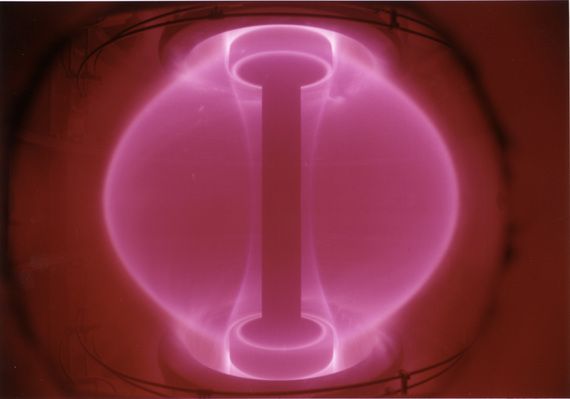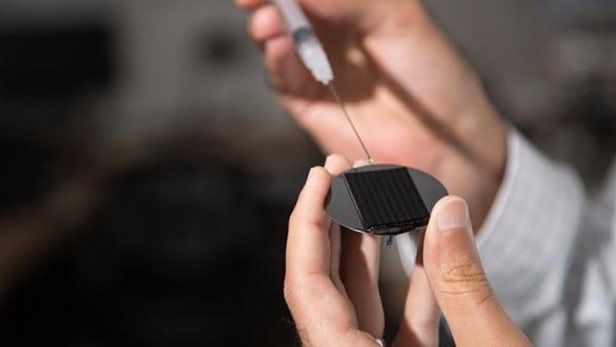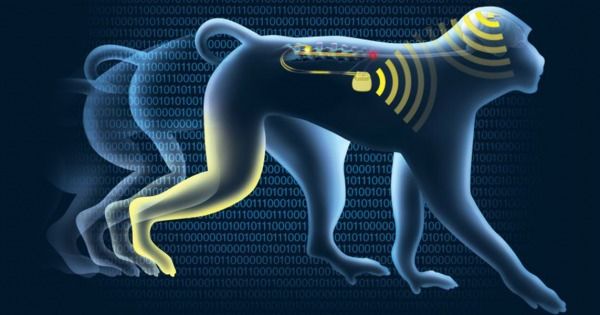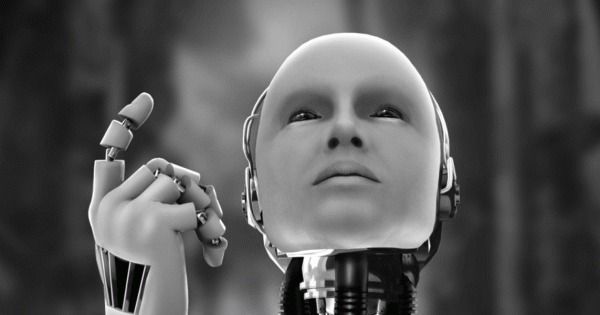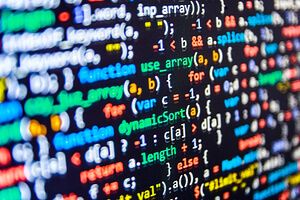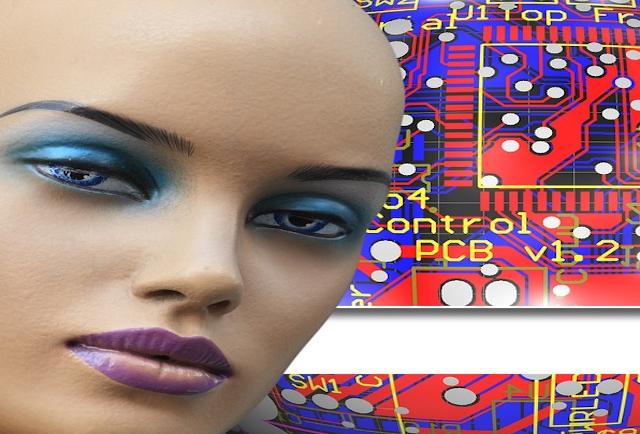Nov 11, 2016
Forget about the election for a minute: There’s a rare supermoon coming
Posted by Shane Hinshaw in category: space
This could cause earthquakes because of the moons mass pulls of the mass of our planet.
There’s a rare supermoon coming this weekend, and no matter how devastated or thrilled you are by the latest election results, you don’t want to miss it.
In the wee hours of Sunday night and Monday morning, the moon will come closer to the Earth than it has in nearly 70 years.
Continue reading “Forget about the election for a minute: There’s a rare supermoon coming” »

